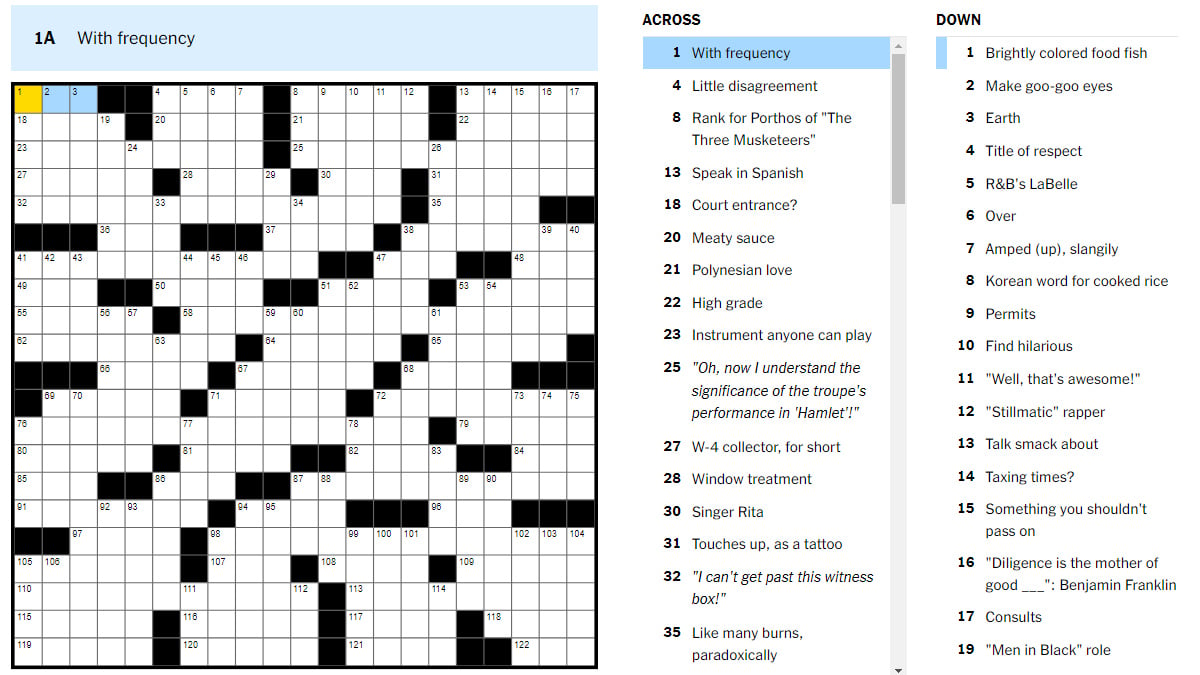Sound Perimeter: Music's Unifying Force

Table of Contents
The Sound Perimeter Across Cultures
Music as a Universal Language
Music's ability to transcend language barriers is perhaps its most remarkable quality. Elements like rhythm and melody are universally understood, regardless of linguistic differences. A driving beat can inspire movement and excitement in people from any corner of the globe, while a melancholic melody can evoke similar emotions, regardless of the listener's native tongue. This shared understanding forms a fundamental layer of the Sound Perimeter.
- Examples of cross-cultural musical collaborations: Consider the collaborations between Western and African musicians, resulting in genres like Afrobeat; or the fusion of Latin American rhythms with electronic music, creating vibrant and globally appealing sounds.
- The impact of world music festivals: Events like Glastonbury or WOMAD showcase a breathtaking diversity of musical styles, proving the global appeal of music and its ability to foster cross-cultural understanding.
- The spread of popular music genres across continents: The global dominance of genres like K-pop, reggaeton, and hip-hop demonstrates the inherent ability of music to overcome geographical limitations and cultural differences, further solidifying the Sound Perimeter.
Cultural Exchange through Music
Music isn't merely a form of entertainment; it's a powerful vehicle for cultural exchange. Musical traditions carry within them the values, beliefs, and stories of a people. When music travels, so do these cultural elements. This exchange enriches the global cultural landscape and strengthens the ties that bind communities within the Sound Perimeter.
- Examples of musical fusion genres: Genres like flamenco-rock, worldbeat, and jazz demonstrate how musical traditions intertwine, creating new forms of expression that reflect the blending of cultures.
- The role of music in intercultural dialogue: Music can serve as a platform for understanding and empathy, fostering dialogue and building bridges between different cultures.
- The impact of music tourism: People travel the world to experience local musical traditions, supporting musicians and contributing to the global spread of musical cultures.
The Sound Perimeter within Communities
Music as a Social Glue
Within smaller communities, music acts as a powerful social glue, uniting individuals through shared experiences and creating lasting bonds. Music plays a vital role in celebrations, religious ceremonies, and social gatherings, reinforcing a sense of belonging and shared identity. This strengthens the internal structure of the Sound Perimeter.
- Examples of community choirs: Choirs bring people together, fostering collaboration and a sense of collective achievement.
- Local music scenes: Local music scenes provide spaces for musicians and audiences to connect, creating vibrant and interconnected communities.
- The importance of music in social activism: Music has historically served as a tool for social change and mobilization, bringing together individuals around common causes and strengthening community bonds.
Music Therapy and Emotional Connection
The therapeutic power of music is well-documented. Music therapy uses music to improve physical, emotional, and cognitive well-being. This applies even across language barriers; the emotional impact of music is universally understood, forging powerful connections among individuals within a community and strengthening the Sound Perimeter.
- Examples of music therapy applications: Music therapy is used in a wide range of settings, from hospitals and schools to rehabilitation centers and private practices.
- The use of music in grief counseling: Music can facilitate the expression of difficult emotions and provide solace during times of grief and loss.
- The emotional impact of shared musical experiences: Shared musical experiences, such as attending a concert or singing together, create powerful emotional connections between people.
The Expanding Sound Perimeter in the Digital Age
The Role of the Internet and Social Media
The internet and social media have revolutionized the way music is created, shared, and consumed. Online platforms have dramatically broadened music's reach, connecting musicians and listeners across the globe. This expansion significantly enhances the global Sound Perimeter.
- Examples of online music communities: Platforms like YouTube, Spotify, and Bandcamp foster online communities centered around shared musical interests.
- The impact of viral music videos: The viral nature of online video platforms allows music to spread rapidly across geographical and cultural boundaries.
- The accessibility of global music online: Streaming services and online music stores offer unparalleled access to music from every corner of the world.
Challenges and Opportunities
While the digital age presents immense opportunities for global musical exchange, it also poses challenges. Issues such as copyright infringement, cultural appropriation, and the digital divide must be addressed.
- The importance of fair compensation for artists in the digital age: Ensuring fair compensation for musicians in the digital marketplace is crucial for supporting artistic creativity and cultural diversity.
- The need for responsible consumption of online music: Consumers need to be aware of the impact of their choices and support artists and labels who prioritize ethical practices.
- Opportunities for intercultural collaborations facilitated by online tools: Online tools can facilitate collaborations between musicians from different countries and cultures, enriching the global musical landscape.
Conclusion
Music's power to transcend boundaries, its role in cultural exchange and community building, and its expanding reach in the digital age all contribute to the powerful concept of the "Sound Perimeter." This invisible boundary connects billions through the shared language of music, fostering understanding, empathy, and a sense of global community. Embrace the unifying power of the Sound Perimeter – explore diverse musical traditions, attend live music events, explore online music communities, and actively participate in this global community bound by the universal language of music. Strengthen the Sound Perimeter and experience the unifying force of music for yourself. Join the Sound Perimeter!

Featured Posts
-
 Unlock The Nyt Mini Crossword Hints For April 26 2025
May 21, 2025
Unlock The Nyt Mini Crossword Hints For April 26 2025
May 21, 2025 -
 Big Bear Ai Holdings Inc Bbai Stock Crash 17 87 Plunge Explained
May 21, 2025
Big Bear Ai Holdings Inc Bbai Stock Crash 17 87 Plunge Explained
May 21, 2025 -
 Huizenprijzen Stijgen Ondanks Rente Abn Amros Voorspelling
May 21, 2025
Huizenprijzen Stijgen Ondanks Rente Abn Amros Voorspelling
May 21, 2025 -
 Bangladeshinfo Com News Information And Resources On Bangladesh
May 21, 2025
Bangladeshinfo Com News Information And Resources On Bangladesh
May 21, 2025 -
 Hints And Answers Nyt Mini Crossword April 20 2025
May 21, 2025
Hints And Answers Nyt Mini Crossword April 20 2025
May 21, 2025
